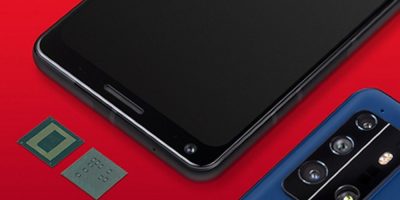Low-power WAN products from Renesas now include the RYZ024A Cat-M1 and NB-IoT (Narrowband Internet of Things) module. This latest addition to the company’s portfolio provides internet connectivity without the need for a gateway
It offers seamless Cat-M1 wireless connection capability with the option to integrate NB-IoT. The benefits of offering both low power wide area network (LPWAN) technologies is that NB-IoT uses only a portion of the available spectrum, making it more power efficient to extend the operational life of battery-powered systems. NB-IoT also offers coverage in underground and enclosed spaces.
The RYZ024A module provides two power amplifier output levels: 20dBm (decibel-milliwatts) and 23dBm, ensuring coverage at the cellular network’s edge as well as deep indoor environments.
It is also energy efficient, consuming just one microAmp in power saving mode. This is significantly less than competing products, said Renesas.
The RYZ024A supports extended discontinuous reception (eDRX) and has an extended voltage range from 2.2 to 5.5V, another characteristic that makes it suitable for battery-powered applications
The RYZ024A is being developed in collaboration with Sequans, and will be tested and certified to work with all major radio frequency regulatory specifications defined by organisations such as the Global Certification Forum (GFC) and the PCS Type Certification Review Board (PTCRB). The certification ensures compliance with complex RF regulatory and carrier-specific requirements so that engineers can immediately start building IoT systems for leading carriers in North America, Asia Pacific and Europe.
Renesas will provide all the tools and software that engineers need to design IoT-ready, power-sensitive systems based on the RYZ024A, including an evaluation kit, a software stack and RF certifications.
Compared to conventional chipset-based designs, designing in the RYZ024A module will reduce the PCB size by 60 per cent and cut development time by up to 90 percent, compared to conventional chipset-based designs, with hardware and software support to integrate the RA or RX family of MCUs.
The RYZ024A module is available today with Cat-M1 firmware and will be software upgradeable to support dual mode (Cat-M1 and NB-IoT) next year.
Renesas plans to offer a Pmod expansion kit to easily connect to Renesas MCUs. The kit will come with the fully-certified RYZ024A module, LTE antenna, SIM card and quick start guide including a software upgrade.







